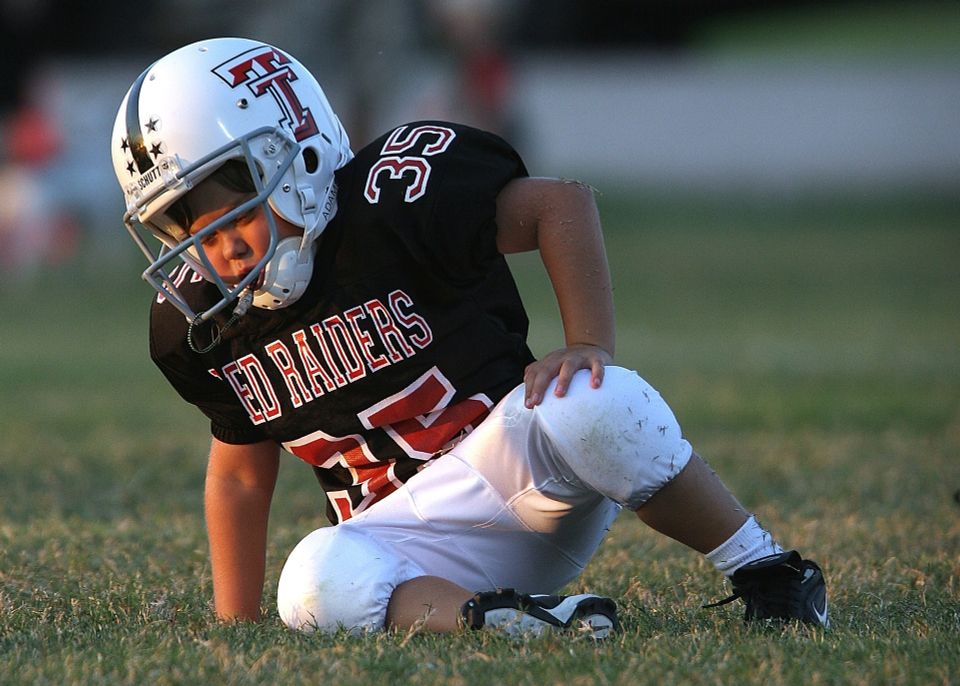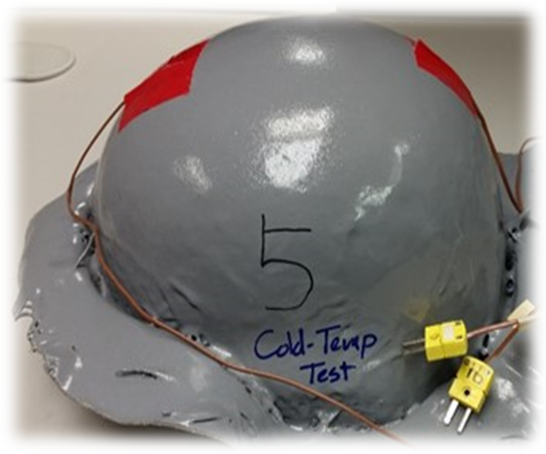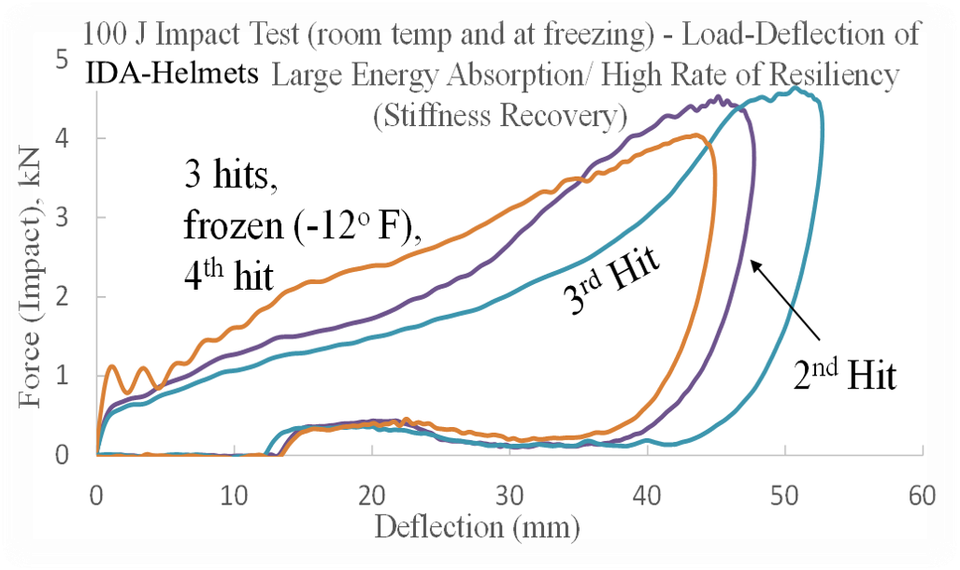Youth Impact:
A 2011 study conducted by researchers in Center for Injury Research and Policy of the Research Institute at Nationwide Children’s Hospital and published in the Journal of Clinical Pediatrics found that an estimated 5.25 million football-related injuries among children and adolescents between ages 6 and 17 years were treated in U.S. emergency rooms between 1990 and 2007.
The annual number of football related injuries increased 27 percent during the 18-year study period, jumping from 274,094 in 1990 to 2 346,772 in 2007. Concussions, on the rise over the past 15 years and initially brought to more light by former Dallas Cowboys star quarterback Troy Aikman, account for 8,631 injuries each year, where adolescents 12 to 17 years of age suffered the greatest proportion of concussion injuries (78 percent).
Prevention and treatment of concussions, stemming from inadequate helmet design remain a focal point of discussions at all levels of play (junior, high school, collegiate, and professional/ NFL levels), where, on average, 57 reported football-related concussions are treated daily in U.S. emergency rooms1 among young athletes (between 6 and 17 years of age).
Life-threatening injury rates are higher among athletes 12 to 17 years of age, likely a combination of a ‘win at all costs’ mentality where athletes may view their bodies as ‘projectiles’ and over-confidence on lighter, seemingly stronger, protective equipment designed using impressionably ‘cool and attractively marketed’ materials, including some ‘carbon-based’ materials. However, with large number of daily pediatric and adolescent ER-treated injuries during the football season, the ‘coolness’ of today’s composite-designed equipment disconnects players’ competitive styles and safety of equipment, such as football helmets.
While pediatric research continues to make progress on injury treatment, the greater need lies in developing safer helmets.




